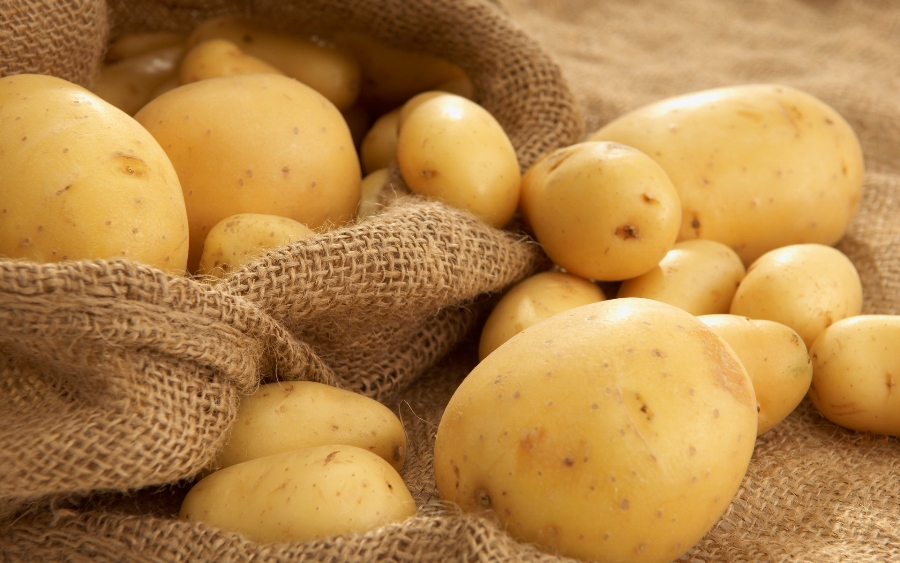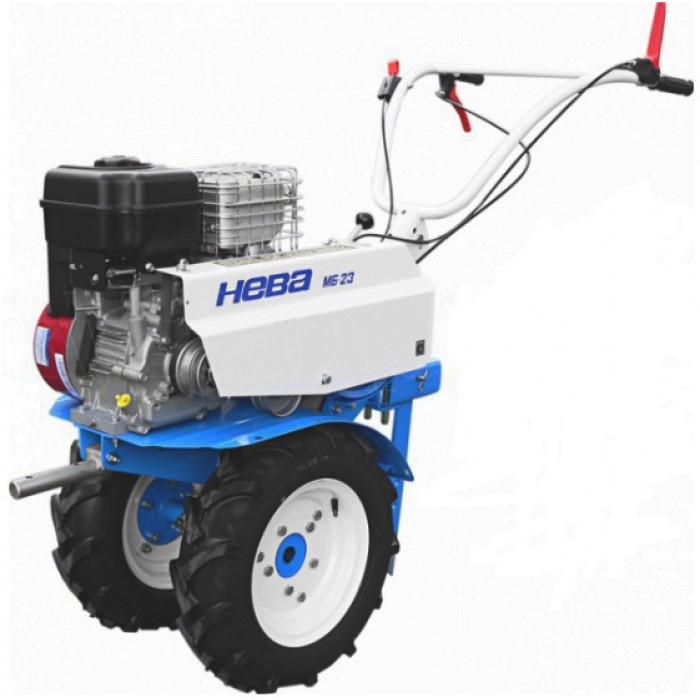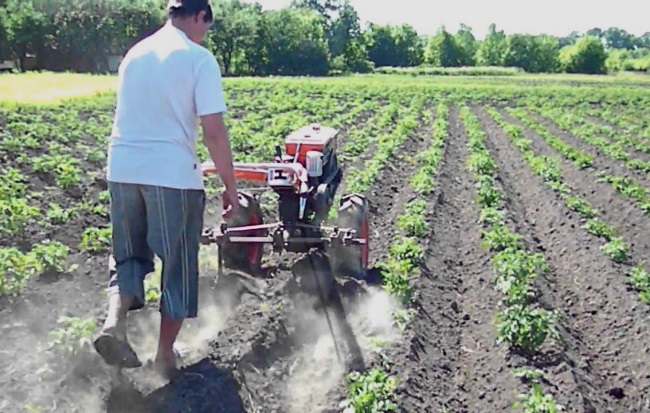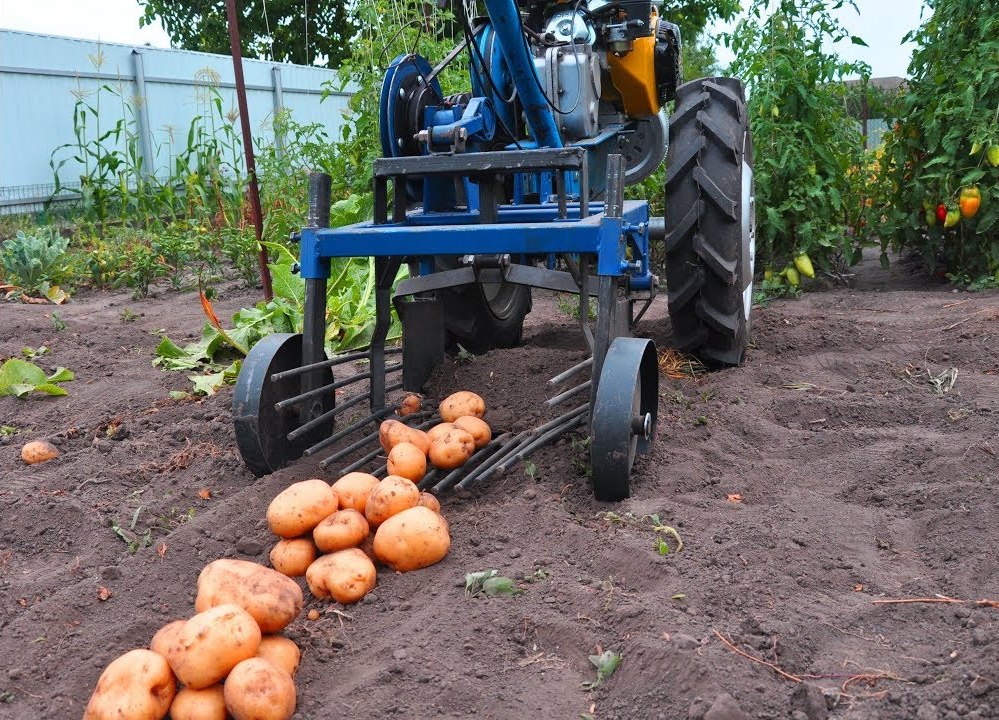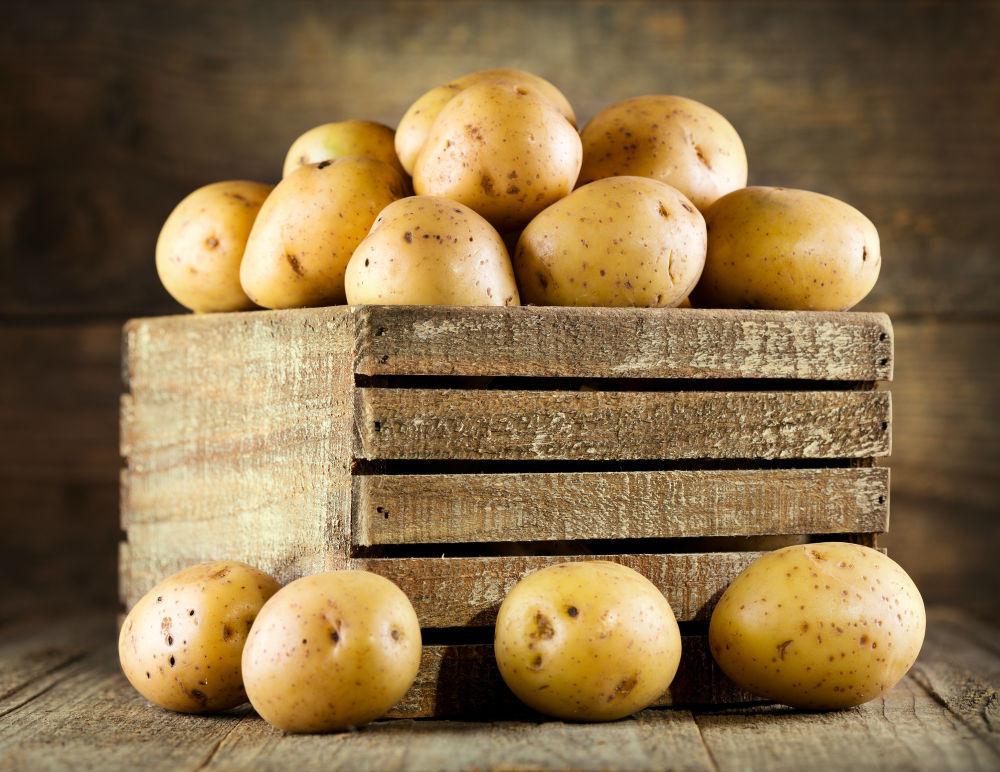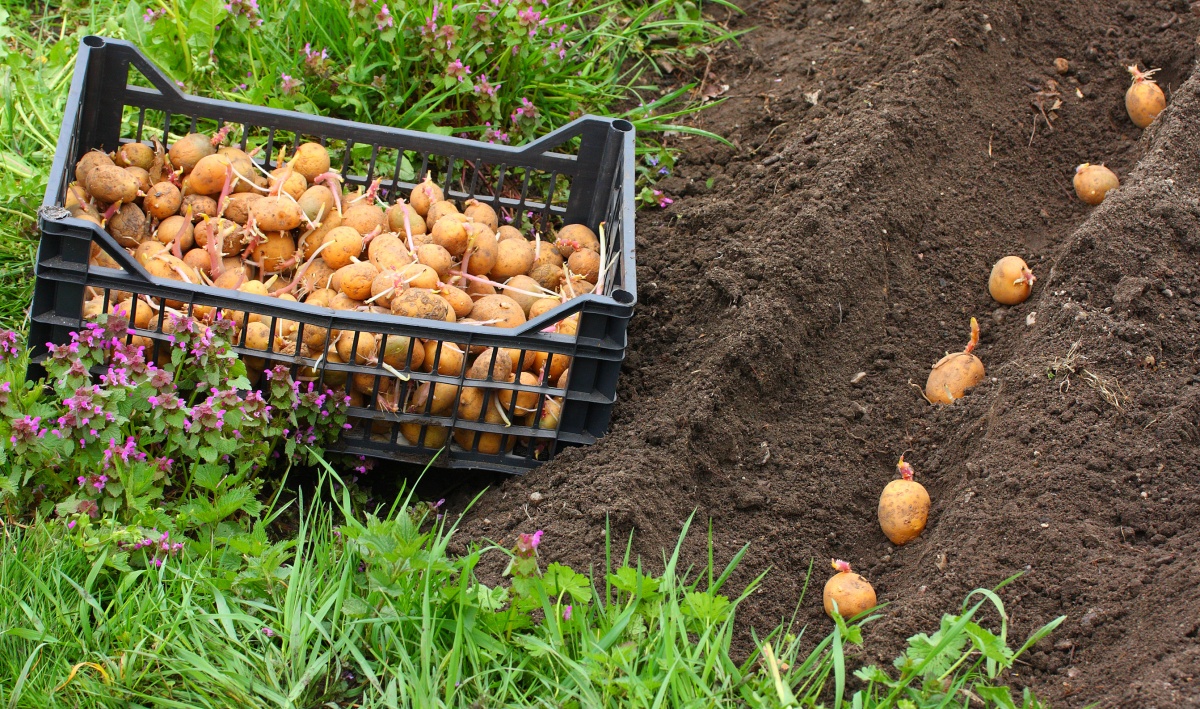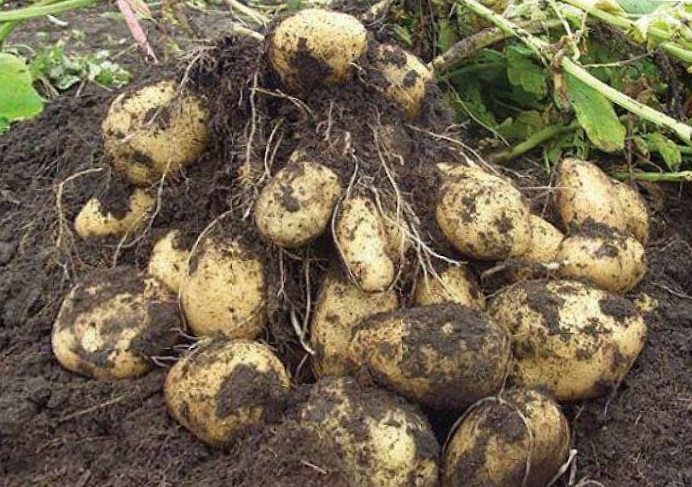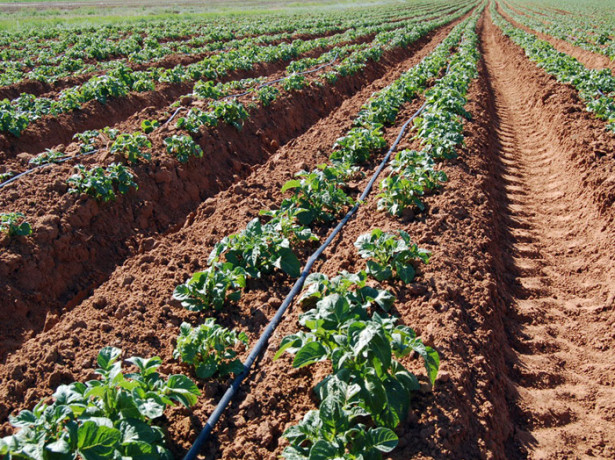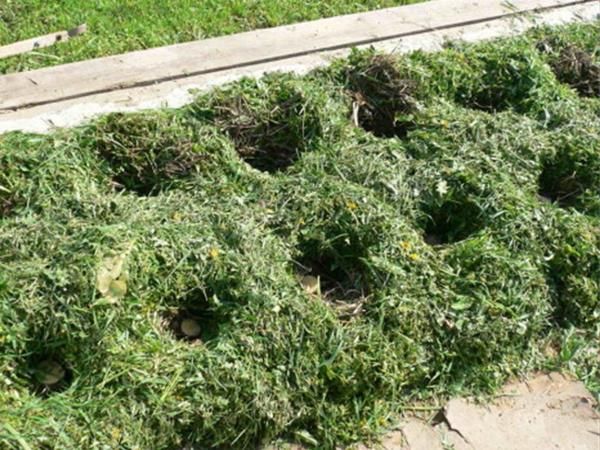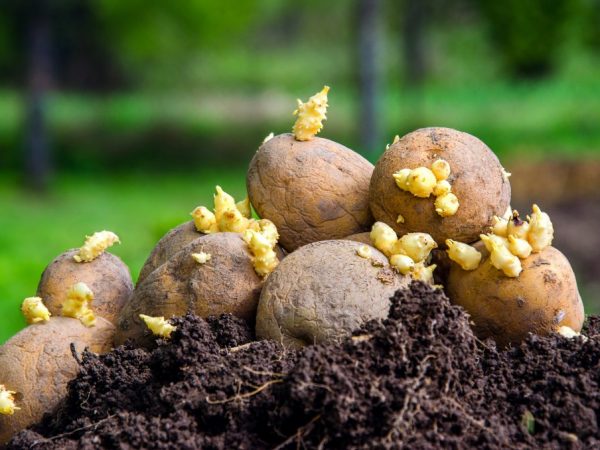Content:
Potatoes are the most common vegetable in Russia, planted in all regions of the country. But the process of growing it is long and fraught with certain difficulties.
Preparation before planting consists of sorting potato tubers and fertilizing the soil. Seed material is selected of the same size, without spots, growths and other defects. Small, diseased potatoes will not yield a good harvest. Planting potatoes are germinated in a warm room for about a month, regularly throwing out the one on which signs of any disease appear. Before planting potatoes in the ground, they are placed in specially prepared solutions for disinfection and growth stimulation, or they are evenly sprayed.
The necessary fertilizers are laid in the soil in the fall, planted on the site of green manure, if necessary. In spring, the land is plowed, if desired, they feed it again and plant potatoes. Planting and growing potatoes by hand is hard physical labor that takes a lot of time and effort, so some summer residents are thinking about using such aids as a walk-behind tractor or a cultivator. There are many positive reviews about these units, but not everyone knows how to plant potatoes with a walk-behind tractor.
About walk-behind tractors and cultivators
First of all, you need to clarify that a walk-behind tractor and a motor-cultivator are devices that differ in the set of functions, although many do not see absolutely any difference between them. Due to its high power and the possibility of attaching various devices to the walk-behind tractor, it is designed for almost any work in a summer cottage: from snow removal to watering the beds, and the functional qualities of the cultivator are limited - often it is intended only for tillage. Most of domestic and foreign manufacturers in their factories produce both walk-behind tractors and motor-cultivators, adding the corresponding letters MB or MK to the model names.
For Russian gardeners and gardeners, devices of domestic or Belarusian production are more suitable, since they are most adapted to climatic, economic and other conditions. For such walk-behind tractors and cultivators, it will not be difficult to find spare parts in case of breakdown and additional mechanisms to expand the functionality of the units, they tolerate sudden temperature changes and have lower prices. The most common among summer residents cultivating potatoes are the following companies of motoblocks and motor-cultivators:
- Neva;
- Firework;
- Ugra.
Soil preparation
Planting potatoes under a walk-behind tractor always begins with preliminary processing of the site: the land on it is plowed and harrowed (the beds are crushed). To carry out these operations, you will need a mill or plow. The plowing depth is 12-15 centimeters. If the area of the garden is small, then they harrow the soil with an ordinary rake. In the presence of large territories, as a rule, a walk-behind tractor is used. The second option is most preferable, since the tool kits for the walk-behind tractor do the job better: the soil is evenly saturated with oxygen and moisture. The loosening depth is 20 cm.
The aisle must be free. The distance between the rows depends on the type of potato, but on average ranges from 55 to 70 centimeters.
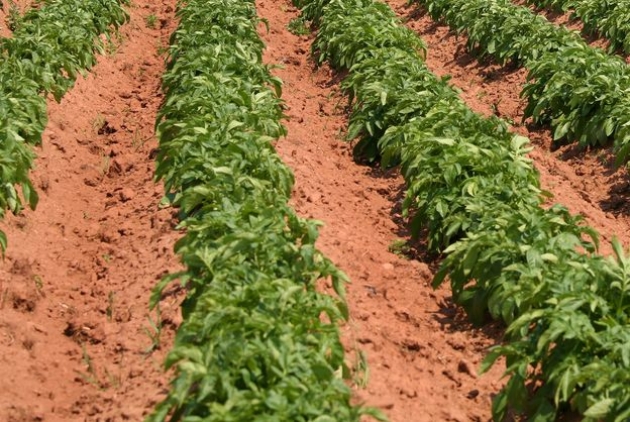
The distance between the rows depends on the type of potato, but on average ranges from 55 to 70 centimeters.
Basic ways
The options for planting potatoes with a walk-behind tractor directly depend on the selected devices: a hiller with a regulator or a mounted potato planter.
Both methods are common among gardeners, but have their own characteristics:
- The first method is usually chosen by summer residents who have at their disposal a small plot and a limited budget. A tiller with a hiller includes a hopper, a conveyor, a furrow, a distributor and the hiller itself. First, metal wheels are installed that will cut the furrows, and then planting material is added to the hopper. From there, the potatoes will be poured by means of a conveyor and a distributor into the grooves in the ground intended for them. Each furrow should be straight, without any distortions - this will simplify further work and may even affect the quality of the crop.
After all the seed potatoes are in the furrow, fill them up. The wheels are changed to rubber so as not to damage the tubers, and they are adjusted according to the track width (it should remain the same as it was with metal wheels). The hiller covers the planting material with earth.
The advantage of this method is its relatively low cost.
The disadvantage is time consuming, since it will not work to plant potatoes in one pass.
- The second method is focused on large areas. The tiller with a potato planter has a hopper, a disc mechanism for filling potatoes and furrows. The essence of this approach lies in the fact that the device allows you to plant potatoes in one pass - creating furrows, pouring out the planting material and filling with earth occurs simultaneously.
Method advantages:
- the process is fully mechanized;
- saving time;
- ease of use for large areas.
Disadvantages:
- seed potatoes must be of the same size with small shoots, otherwise it will be injured;
- high price.
In both methods, the planting depth of potatoes is the same and is 10-15 centimeters, and the gap between the tubers in the furrow should be 20-30 centimeters.
When using the Neva walk-behind tractor to attach the hiller to the unit, the blades are shifted to make the wingspan larger. Salyut does not need such an operation.
About other methods
In addition to the above methods, there are others:
- Ridge landing is common in areas with close groundwater table. It is not suitable for dry soils. With this method, each ridge is formed with a height of 15-20 centimeters, then seed is laid in them;
- Landing under the plow is carried out after the installation of lug wheels and a plow on the walk-behind tractor. For efficiency of work in this method, two people must be involved. The first, plunging the plow to the depth of a shovel bayonet, cuts a furrow, and the second throws potato tubers into it. When moving in the opposite direction, a new furrow is cut and the previous one is covered with earth.
Hilling potatoes
The tiller can be used for hilling potatoes. This procedure is carried out when the potato tops have already grown a little. As a tool for it, you need a single-row, double-row or three-row hiller.
Single row hiller
Rubber wheels are installed on the walk-behind tractor.The width between them must be set exactly, depending on the distance between the rows of potatoes. Then the hiller will not touch the plants. The movement is carried out between potato beds.
Double row hiller
In this case, it is required to put lug wheels on the walk-behind tractor and set the desired width. Both wheels are between the rows of potatoes, if everything is set correctly.
It is not worth writing about the three-row hiller in detail, since it is common mainly among farm owners.
Three pieces of advice from the old plowman
The advice of an old plowman about planting potatoes under a walk-behind tractor is the recommendation of an experienced gardener living in the countryside and the owner of the "Cascade" walk-behind tractor. Having a long experience of plowing and planting potatoes with this device, he believes that:
- You do not need to put many cutters for plowing the soil if the walk-behind tractor does not have a powerful engine. The ideal number is four cutters, the maximum is six. Installing eight cutters leads to engine wear;
- It is better to plow in two passes at low speed. The correct passage is made at 6-8 centimeters. High revolutions turn the ground into dust, and after the first rain it becomes covered with a crust that harms the development of potatoes;
- Often, when planting potatoes, rubber wheels are preferable. The lug wheels can cut and dig out the planting material.
Harvesting potatoes
When the tops of the tops dries up by the beginning of autumn, it is time to dig the potatoes. Some have planted a lot of it. In this regard, summer residents are concerned about the question not only of how you can plant potatoes under a walk-behind tractor, but also how to harvest a potato crop using this unit.
First, the tops must be mowed so that it does not interfere. Then a plower is installed on the walk-behind tractor (special attachments for digging out potatoes, which are purchased separately) or they are dispensed with with a single-row hiller. In the second version, lugs are installed on their unit and, having placed the walk-behind tractor in the middle of the garden bed and moving forward at first speed, they begin to gradually dig out potatoes from the ground.
It turns out that growing potatoes is now also possible without manual labor and strenuous physical effort. Planting potatoes with a walk-behind tractor is a way out for many summer residents who had to limit crops due to lack of help or the inability to fully care for the garden for health reasons.
